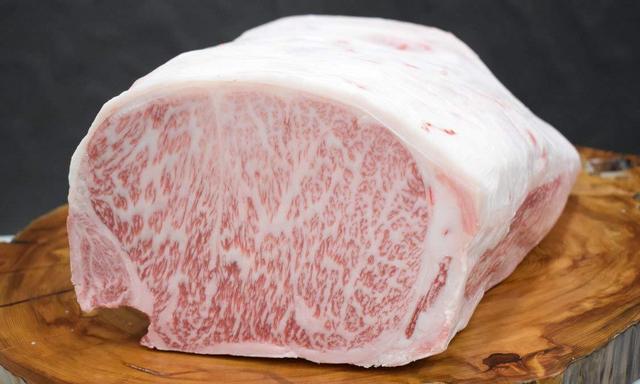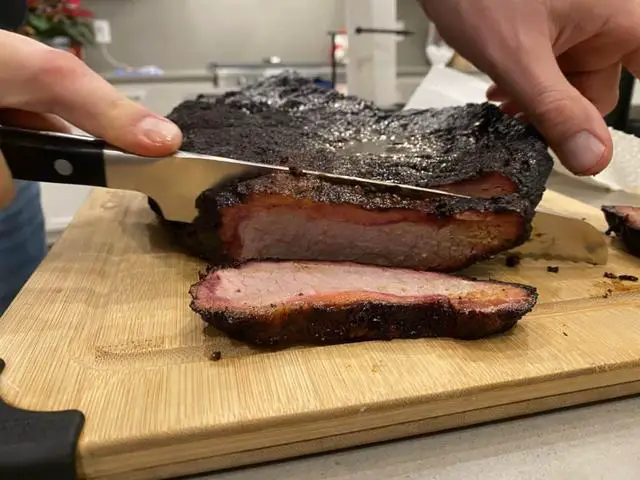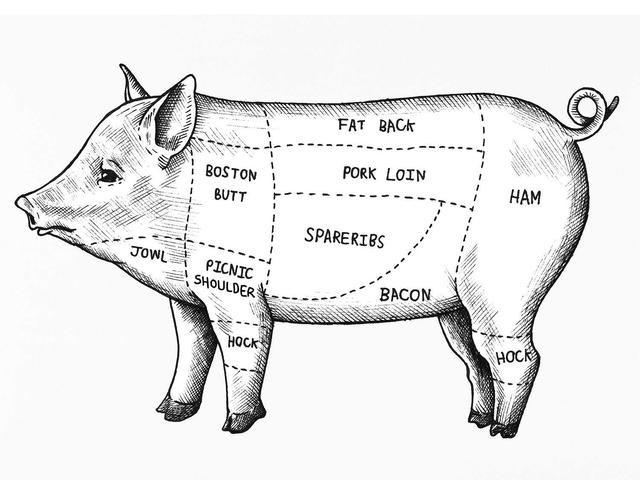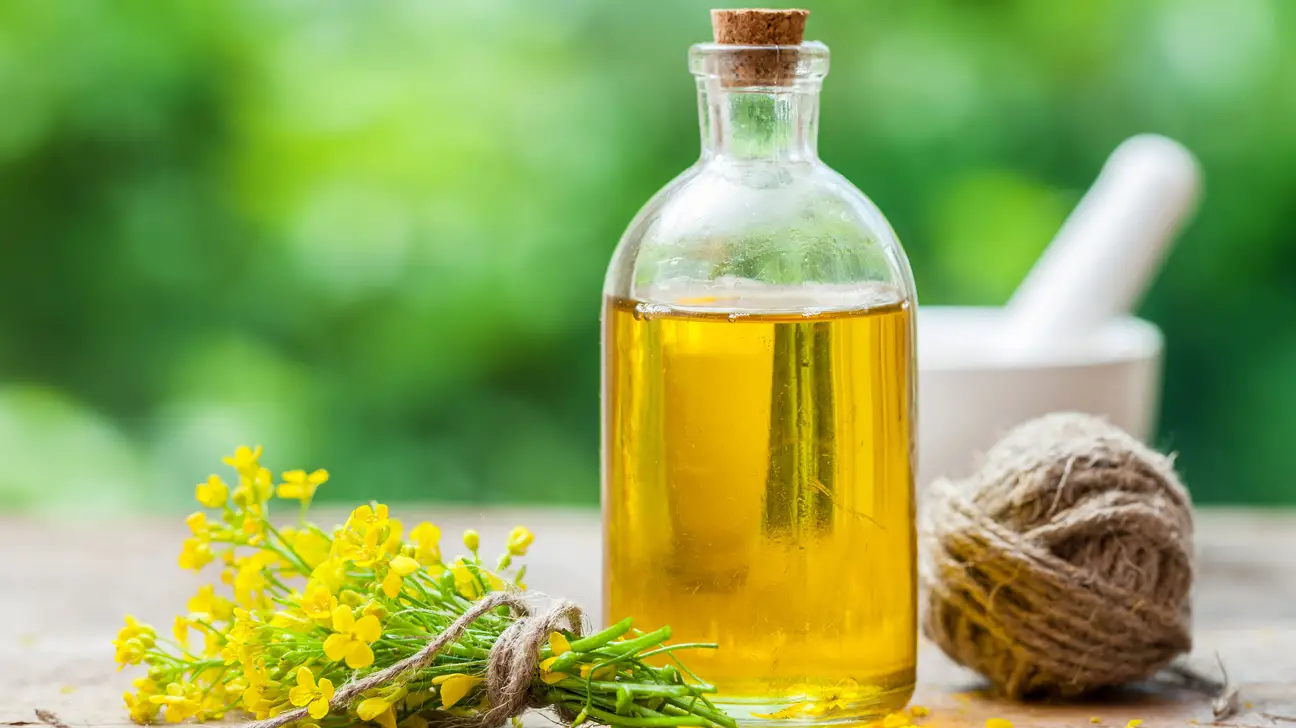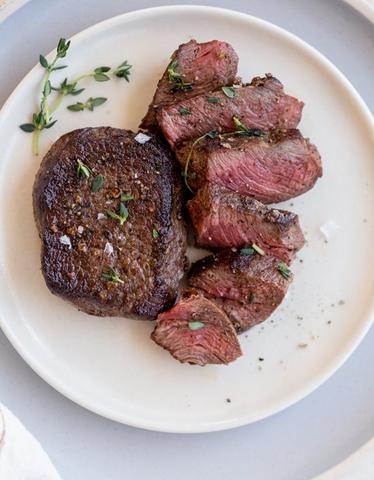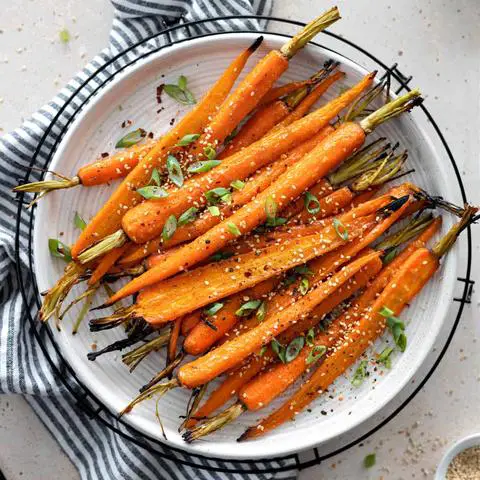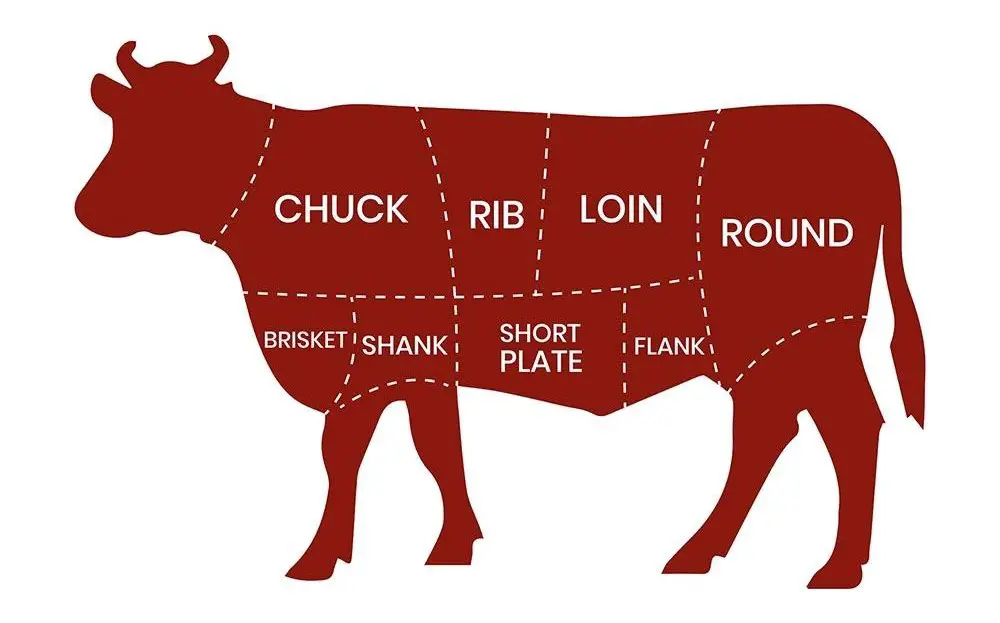
Discover the Art of Beef Primal Cuts: Unveiling the Secrets Behind Premium Meat Selection.
Primal Cuts of Beef: Subprimal and Secondary Cuts Explained
Shopping for beef cuts at a grocery store can be quite confusing if you aren’t familiar with the different cuts of beef. Butchers can cut beef into a variety of ways, but all beef cuts originate from the 8 primal cuts of beef as identified by the USDA.
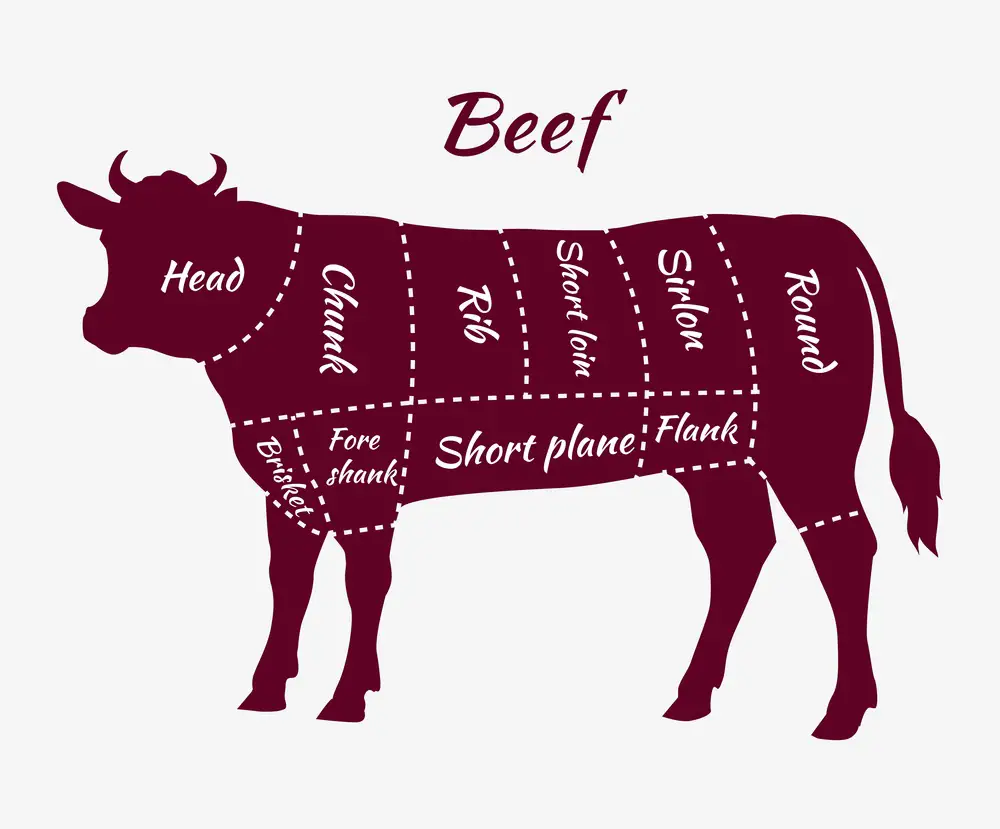
A cow is initially divided into eight beef primal cuts, which are then divided into hundreds of different subprimal cuts. Butchers further divide these subprimal cuts into smaller retail cuts to be sold to consumers. The characteristics of each cut, including price, flavor, fat content, and tenderness, are determined by the respective primals they come from.
The brisket is taken from the breast section of the steer under the first five ribs. It is usually sold boneless with the deckle off. Due to its location and function in supporting much of the cow’s weight, the brisket contains lots of fibrous connective tissues and collagen. It needs to be cooked low and slow for these connective tissues and fat to render into gelatin, resulting in a tender and flavorful meat.
Shank cuts can come from either the front (foreshanks) or rear (hindshanks) of the cow. They are lean and tough cuts that are typically cut into cross sections or used to make mince meat or bone broths. A popular dish that uses shank cross-cuts is Osso Buco, an Italian braised meat dish.
Rib cuts are obtained from the cow’s backbone and upper ribs. They are known for their tender and flavorful nature due to the high amount of marbling in this area. Different cooking methods can highlight the unique qualities of rib cuts, such as ribeye steak and prime rib.
The loin is located behind the ribs at the top part of the cow. The subprimal cuts from the loin are highly regarded as some of the most tender on the animal. Tenderloin, which comes from the loin, is known for its tenderness and is used to make filet mignon. Without the tenderloin muscle, T-bone or porterhouse steaks cannot be created.
The round is the hind leg of the cow, extending from the rump down to the shanks. Round cuts are inexpensive and lean, making them suitable for whole roasts or steaks for marinating. They are also commonly used to make mince meat.
The chuck primal comes from the forequarter of the steer, running from the base of the neck down through the upper arm. Chuck cuts are known for their forward beefy flavors due to their high fat content. They are often turned into mince meat but also offer cuts suitable for stews and roasts.
The flank primal produces only one secondary cut, which is flank steak. Flank steak is a thin, lean cut of meat from the abdominal wall of the steer. It has a tight-grained texture and takes well to marinades. It should not be cooked past medium to avoid making it tough and dry.
The short plate primal is found in the abdomen area below the rib primal. Plate cuts have a tight grain structure and are fattier than rib cuts. Some parts like hanger steak and skirt steak were considered offal in the past but are now recognized as flavorful cuts suitable for various dishes.
Overall, understanding these primal cuts and their subprimal and secondary cuts can help you navigate beef shopping with more confidence and knowledge about each cut’s characteristics and best cooking methods.
What is a Primal Cut of Beef?

A primal cut of beef refers to one of the eight main sections that a cow is divided into. These primal cuts are the basic divisions from which all other cuts of beef are derived. They include the brisket, shank, rib, loin, round, chuck, flank, and short plate. Each primal cut has its own unique characteristics in terms of flavor, tenderness, fat content, and price.
Subprimal cuts are smaller sections that are derived from the larger primal cuts. Butchers further divide the primal cuts into subprimal cuts for retail sale to consumers. These subprimal cuts can be sold as whole roasts or steaks or they can be further divided into even smaller retail cuts. The tenderness and price of each subprimal cut are determined by the characteristics of the primal cut it comes from.
Secondary cuts refer to specific types of meat that come from the subprimal cuts. Examples include flank steak, flat iron steak, chuck short ribs, and hanger steak. These secondary cuts often have distinct flavors and textures and can be used in a variety of dishes such as stews or roasts.
In summary, primal cuts are the main sections that a cow is divided into while subprimal and secondary cuts refer to smaller sections derived from these larger divisions. Understanding these different types of beef cuts can help consumers navigate their options when shopping for beef at grocery stores or restaurants.
The 8 Primal Cuts of Beef
The eight primal cuts of beef are the main divisions of a cow that all other cuts originate from. These primals are:
1. Brisket: Taken from the breast section under the first five ribs, brisket is a heavily exercised muscle with lots of connective tissues. It needs to be cooked low and slow to render the collagen and fat into gelatin.
2. Shank: The shank cuts come from above the knee and to the shoulder (fore shanks) or from the knee to the hip (hind shanks). They are tough cuts of meat that are typically braised or used for making bone broths.
3. Rib: Obtained from the cow’s backbone and upper ribs, rib cuts are known for their tenderness and flavor due to high marbling. They include subprimal cuts like ribeye and prime rib.
4. Loin: Located behind the ribs, loin cuts are highly regarded as some of the most tender on the animal. They are leaner than rib cuts and include subprimals like tenderloin, which is famous for filet mignon.
5. Round: The round is essentially the hind leg of the cow, extending from the rump down to the shanks. Round cuts are inexpensive, lean, and lack tenderness. They are often sold as roasts or used for making mince meat.
6. Chuck: Coming from the forequarter of a steer, chuck cuts have forward beefy flavors due to their high fat content. Chuck meat is commonly turned into mince meat but also features cuts great for stews and roasts.
7. Flank: The flank primal produces only one secondary cut – flank steak – which comes from the abdominal wall of a steer. Flank steak is a thin, lean cut that takes well to marinades and should not be cooked past medium.
8. Short Plate: Found in the abdomen area below the rib primal, plate cuts have a tight grain structure and are fattier. Popular cuts from this primal include short ribs, hanger steak, and skirt steak.
These eight primals are then further divided into subprimal cuts, which are then cut into smaller retail cuts for sale to consumers.
1. Brisket Primal
The brisket is taken from the breast section of the steer under the first five ribs. It is a heavily exercised muscle, which makes it tough and less tender compared to other cuts. Brisket needs to be cooked low and slow in order for the connective tissues and fat to render into gelatin, resulting in a tender and flavorful meat. When slow smoked, brisket is often considered the best cut of beef on the entire animal.
Shank cuts can come from either the fore shank (front) or hind shank (rear) of the cow. They are lean and tough cuts of meat that are typically cut into cross sections. One popular dish that utilizes shank cross-cut is Osso Buco, an Italian dish that braises the meat with vegetables, white wine, and broth. The bones from shanks are also commonly used to make hearty bone broths.
Rib cuts are obtained from the cow’s backbone and upper ribs. Only the last 6 to 12 ribs are included in this primal cut, while the lower ribs are part of the short plate. Rib cuts are known for their tenderness and flavorful nature due to high marbling of fat in this area. Different cooking methods can be applied to rib cuts, such as grilling ribeye steak or slow roasting prime rib.
The loin subprimal is located just behind the ribs at the top part of the cow. Cuts from this subprimal are highly regarded as some of the most tender on the entire animal. Tenderloin, also known as filet mignon, comes from this subprimal and is considered one of the most tender cuts of beef. T-bone and porterhouse steaks also include a section of the tenderloin muscle.
The round subprimal is essentially the hind leg of the cow, extending from the rump down to the shanks. Cuts from the round are typically lean and inexpensive, making them suitable for whole roasts, marinated steaks, or mince meat. The round subprimals are often used in making beef jerky due to their minimal fat content.
The chuck primal comes from the forequarter of the steer, running from the base of the neck through the upper arm. Chuck cuts are known for their beefy flavors and high fat content. Chuck meat is commonly used for mince meat but also features cuts suitable for stews and roasts.
The flank primal produces only one secondary cut, which is flank steak. Flank steak is a thin and lean cut of meat from the abdominal wall of the steer. It has tight-grained meat fibers and should feature very little fat when properly trimmed. Flank steak takes well to marinades and is often used in recipes that call for skirt steak.
The short plate primal is found in the abdomen area below the rib primal. Plate cuts have a tight grain structure and are fattier than rib cuts. Parts like hanger steak and skirt steak were even considered offal in the past. Plate short ribs are an extension of the brisket muscle and can be referred to as “brisket on a stick.” Beef ribs from this primal tend to be more expensive than pork ribs.
Subprimal Cuts from the Brisket Primal:
The brisket primal cut produces several subprimal cuts that are commonly used in cooking. One of the most popular subprimal cuts is the brisket flat, which is typically braised in the oven for an extended period of time. This cut is also commonly brined for dishes like corned beef or pastrami.
Another subprimal cut from the brisket is the point, which is often removed when sold separately. The point can be cooked low and slow, similar to the flat, but it is also commonly used for making burnt ends, a popular barbecue dish. When both muscles are sold intact, it is referred to as a “Packer’s brisket,” which usually weighs anywhere from 8-20 lbs.
Overall, the brisket primal cut offers flavorful and affordable options for cooking, especially when slow smoked or braised to allow the collagen and connective tissues to render into a gelatin-like texture.
2. Shank Primal
The shank primal is located in the front and rear of the cow, specifically above the knee to the shoulder in the fore shank and from the knee to the hip in the hind shank. Shank cuts are known for being lean and tough. They are typically cut into cross sections of various widths. One popular dish that utilizes shank cross-cut is Osso Buco, an Italian dish that braises the meat with vegetables, white wine, and broth. Specialty butchers have even created a “Volcano Shank” by Frenching part of the shank bone. The meat can also be used to make mince meat, while the bones are perfect for creating hearty bone broths.
Overall, shank cuts provide a unique flavor and texture due to their location on the cow’s body and their specific muscle usage. While they may not be as tender as other cuts, they offer rich flavors when cooked properly through methods like braising or slow cooking.
Sub-primal Cuts from the Shank Primal:
The shank primal of beef produces several sub-primal cuts. These cuts can come from either the fore shank (front) or hind shank (rear) of the cow. The shank is a tough and lean cut of meat, and it is typically cut into cross sections of various widths. One popular dish that uses the shank cross-cut is Osso Buco, an Italian dish that braises the meat with vegetables, white wine, and broth. Specialty butchers have even created a “Volcano Shank” by Frenching part of the bone in order to enhance presentation. Additionally, the meat from the shank can be used to make mince meat, while the bones can be used to create hearty bone broths.
3. Rib Primal
The rib primal consists of the cow’s backbone and upper ribs, with the lower ribs belonging to the short plate. This area is known for its tender and flavorful cuts due to the high amount of marbling present. Only the last 6 to 12 ribs are included in the rib primal, with ribs 1-5 found in the chuck.
There are two subprimal cuts from the rib – prime rib and ribeye – which produce a variety of retail and restaurant cuts. These cuts highlight the importance of different cooking methods, as prime rib and ribeye are cooked differently to bring out their unique flavors and textures.
The rib primal is highly regarded for its taste and tenderness, making it a popular choice for steak lovers. It offers a rich and juicy eating experience that is sure to satisfy any meat lover’s cravings.
Sub-primal cuts from the Rib Primal:
– Ribeye: The ribeye steak is one of the most popular cuts of beef. It is known for its rich marbling and tender texture, making it a favorite among steak lovers.
– Prime Rib: This cut is often served as a roast and is known for its juicy and flavorful meat. It is typically slow-cooked to perfection and makes for an impressive centerpiece at holiday dinners.
– Tomahawk Steak: This unique cut features a long bone attached, resembling a tomahawk axe. It is prized for its large size, tenderness, and rich flavor.
– Back Ribs: These are the ribs that are located closer to the backbone. They are meaty and flavorful, perfect for grilling or smoking.
– Short Ribs: Short ribs come from the lower portion of the rib primal. They are typically braised or slow-cooked to achieve maximum tenderness and flavor.
– Rib Roast: Also known as standing rib roast, this cut includes multiple rib bones and is often served during special occasions or holidays.
Each of these sub-primal cuts offers a unique taste and texture profile, allowing consumers to choose their preferred cooking method based on their personal preferences.
4. Loin Primal
The loin primal is located just behind the ribs, at the top part of the cow and is farthest away from the horns and hooves. The cuts from the loin subprimal are highly regarded as some of the most tender on the entire animal. Unlike rib cuts which are heavily marbled, loin meat is quite lean. Of these subprimals, tenderloin is the most tender; The famous filet mignon comes from the tenderloin. Interestingly enough, if the tenderloin is removed, there can be no T-bone or porterhouse steaks as both of these steaks include a section of the tenderloin muscle.
Sub-primal cuts from the Loin Primal:
The Loin primal, located just behind the ribs and farthest away from the horns and hooves, produces highly regarded and tender sub-primal cuts. One of the most tender cuts from this primal is the tenderloin, which is known for its melt-in-your-mouth texture. The famous filet mignon comes from the tenderloin muscle. Additionally, T-bone and porterhouse steaks include a section of the tenderloin muscle.
Other sub-primal cuts from the Loin primal include strip steak (also known as New York strip or Kansas City strip) and top sirloin steak. These cuts are leaner than rib cuts but still offer great flavor. They can be cooked using various methods, such as grilling or pan-searing, to bring out their natural tenderness and juiciness.
The Loin primal also yields other retail cuts like chateaubriand (a thick center-cut fillet), bone-in strip steak (also called shell steak), and boneless sirloin roast. These cuts are popular choices for special occasions or when you’re looking for a premium beef experience.
Overall, sub-primal cuts from the Loin primal are prized for their tenderness and make excellent options for those seeking a high-quality beef dining experience.
5. Round Primal
The round primal is located in the hind leg of the cow, extending from the rump down to the shanks. Cuts from the round are typically lean and inexpensive. They are often sold as whole roasts, steaks for marinating, or used to make minced meat. The round subprimals are especially favored by those who make beef jerky, as they are affordable and contain minimal fat, which can cause jerky to go rancid.
The round makes up about a quarter of the full weight of the animal and is known for its lack of tenderness. However, this can be compensated for by using proper cooking methods such as marinating or slow cooking. Despite its toughness, the round is still a versatile cut that can be used in various dishes.
One popular use for round cuts is in making beef jerky. The lean meat works well with drying and seasoning techniques to create a flavorful snack. Additionally, when cooked low and slow, round cuts can become tender and juicy in dishes like pot roast or stew.
Overall, while not as tender as other cuts on the cow, the round primal offers an affordable option for those looking to enjoy beef without breaking the bank. Its versatility allows it to be used in a variety of dishes and cooking styles, making it a staple choice for many home cooks and chefs alike.
Sub-primal cuts from the Round Primal:
The round primal, which is essentially the hind leg of the cow, produces several sub-primal cuts. These cuts are typically very lean and lack tenderness. They are some of the most inexpensive cuts you can find in a grocery store. The round also makes up about a quarter of the full weight of the animal. Cuts from the round are typically sold as whole roasts, steaks for marinating, or are made into mince meat. They are great for making beef jerky due to their minimal fat content.
As someone who makes beef jerky frequently, I find the round sub-primals to be some of my favorite to use. Not only are they inexpensive, but they also contain minimal, if any fat – which is undesirable when making jerky as it can go rancid. These lean cuts from the round are perfect for creating flavorful and tender jerky strips.
6. Chuck Primal
The chuck primal comes from the forequarter of the steer and extends from the base of the neck down through the upper arm. Chuck cuts are known for their super forward beefy flavors, which is due to their high fat content. While chuck meat is commonly turned into mince meat, it also features cuts that are great for stews and roasts. Popular retail cuts from the chuck include flat iron steak, Denver steak, chuck short ribs, chuck roll/chuck roast, and mince for hamburgers. These cuts offer a rich and flavorful taste that is perfect for hearty dishes.
Sub-primal Cuts from the Chuck Primal:
The chuck primal, which comes from the forequarter of the steer, produces a variety of sub-primal cuts. One popular sub-primal cut is the flat iron steak, known for its super beefy flavor and tenderness. Another sub-primal cut is the Denver steak, which is also flavorful and can be cooked using various methods such as grilling or roasting. Chuck short ribs, another sub-primal cut, are great for slow cooking or braising to achieve tender and flavorful results. The chuck roll or chuck roast is a versatile sub-primal cut that can be used for pot roasts or sliced into steaks. Lastly, the chuck primal is also commonly used to make minced meat for hamburger patties.
Overall, the chuck primal offers a range of cuts that are packed with rich flavor and can be prepared in different ways to suit various recipes and cooking preferences.
7. Flank Primal
The flank primal is located on the abdominal wall of the cow, specifically its flank. It produces one secondary cut, known as the flank steak or Jiffy steak. Flank steak is a thin and lean cut of meat with tight-grained meat fibers. It is a well-exercised muscle, resulting in a flavorful and slightly chewy texture. When properly trimmed, flank steak should have minimal fat content. Although often mistaken for skirt steak, they are distinct cuts with different characteristics. However, they can usually be substituted for each other in recipes. Flank steak is excellent for marinades, especially those containing fruits that tenderize meat. Pineapple, for example, contains enzymes that break down collagen fibers and make the meat more tender. Flank steak is also commonly used for beef on a stick recipes. It should be cooked to no more than medium doneness to avoid toughness and dryness.
8. Short Plate Primal
The short plate primal is found in the abdomen area of the cow, below the rib primal. Plate cuts tend to have a tight grain structure and are fattier than rib cuts. In the past, parts like the hanger steak and skirt steak were even considered offal (organ meat or refuse/waste). Plate short ribs are an extension of the brisket muscle – often plate short ribs are colloquially referred to as “brisket on a stick.” Beef ribs aren’t nearly as popular as pork ribs. In most cases, beef ribs even cost 2-3x more than pork varieties.
Sub-primal cuts from the Short Plate Primal:
Sub-primal cuts from the Short Plate Primal:
1. Hanger Steak: The hanger steak is a long, flat cut of meat that hangs between the rib and the loin. It is known for its rich flavor and tender texture. This cut is often marinated and grilled or pan-seared.
2. Skirt Steak: The skirt steak is a thin, long cut of meat that comes from the diaphragm muscle. It has a deep, beefy flavor and is often used in fajitas or stir-fry dishes. Skirt steak should be cooked quickly over high heat to maintain its tenderness.
3. Beef Ribs: Beef ribs are cut from the short plate primal and are known for their meaty flavor. They can be prepared in various ways, including smoking, grilling, or braising. Beef ribs are larger and more substantial than pork ribs.
4. Brisket on a Stick: This refers to plate short ribs which are an extension of the brisket muscle. These ribs are typically cooked low and slow to achieve tender, flavorful meat.
These sub-primal cuts from the short plate primal offer a range of textures and flavors that can be enjoyed in various dishes. Whether you’re looking for a tender steak or hearty ribs, these cuts provide plenty of options for beef lovers.
In conclusion, understanding beef primal cuts is essential for both consumers and chefs. It enables informed choices when purchasing meat and provides insights into the best cooking methods for each cut. By familiarizing ourselves with the different primal cuts, we can maximize flavor and tenderness while enjoying a diverse range of beef dishes.
Learn More About Grilling
If you want to learn more about grilling, check out these other helpful resources!

